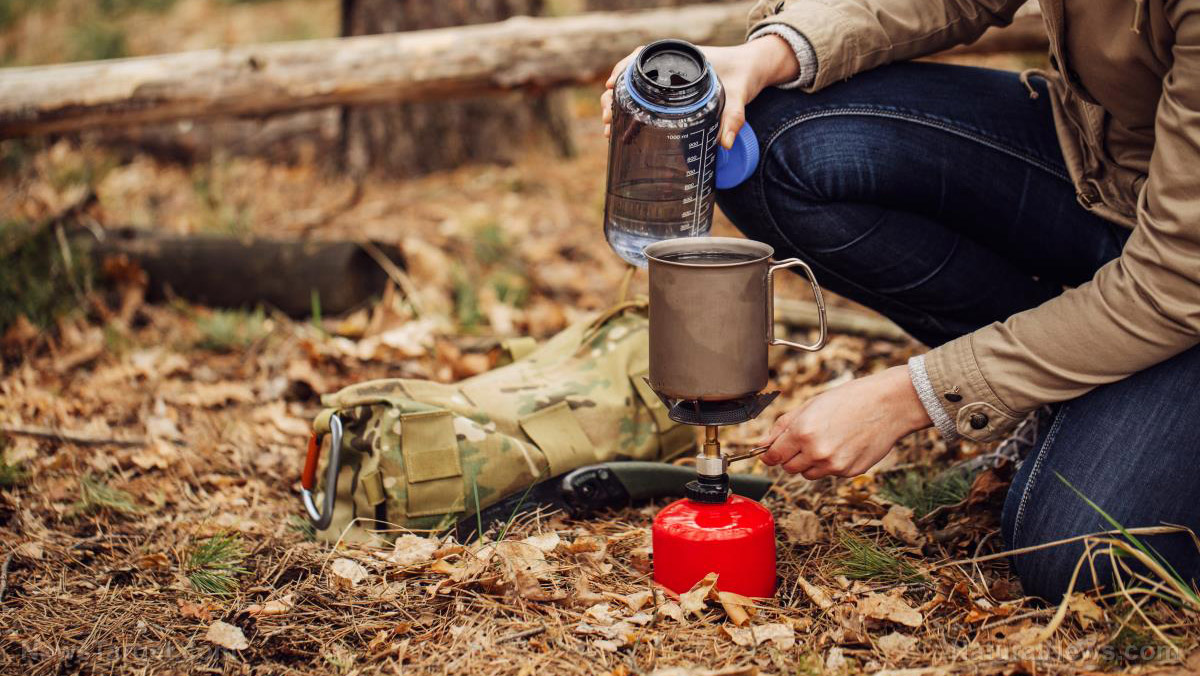How to use spider webs for survival
12/13/2018 / By Rhonda Johansson

There is an innately beautiful and mysterious allure to spider webs. From Shakespeare weaving dreams using the substance in A Midsummer Night’s Dream to Stan Lee allowing Peter Parker to use it as a superpower, there is no doubt that Nature has designed a wonderful material that serves many purposes. Indeed, modern science is now attempting to create synthetic versions of spider silk to design more absorbent and greener bandages.
Spider silks are opening doors in both engineering and medical research. Dragline silks, which are the most commonly used variety, are able to absorb massive amounts of energy while still maintaining high tensile strength. Further, spider webs are not known to induce inflammatory reactions, making them perfect for medicinal use.
But (and this is a very big but), nobody has ever managed to produce large quantities of spider webs to make a realistic test regarding its potential use in medicine. Spiders are predators and cannibals. They’re not exactly the nicest animals out there, so mass production of spider silk wouldn’t be as simple as, say, producing cow milk, for example.
Currently, scientists are trying to make their own version of spider webs, but we won’t be discussing their advances here. Since this is a prepping article, we’re taking a look at spider silks from a survival perspective.
As previously mentioned, spider webs are very strong. Researchers have noted that silk proteins are three times as strong as Kevlar, and help with tissue-regeneration. Some varieties of spider silk have even been observed to have some bactericidal properties, which help wounds heal faster.
The ancient Greeks and Romans used spider webs as an improvised bandage. Seasoned preppers know that spider webs are one of the best natural bandages to utilize when SHTF. Not only is it readily available, it can kill harmful bacteria, too. Just make sure that you collect a web that is as clean as possible, sans the spider and any other bugs that may have gotten caught in the silk.
Try getting enough to make into a ball and stuff it in the wound. It will then harden and dry up. Spider webs are rich in vitamin K, which helps the blood to clot. (Related: 8 Household items you can use to treat cuts and wounds at home.)
Can I save spider webs to use at a later date?
The honest answer to this is: It depends. As previously mentioned, there are bandages being made with synthetic spider web material woven into the pad to speed healing.
If you want the good ol’ natural web though, you would need a hermetically sealed container to store it, and then leave it in a cool, dry place. Remember to harvest only clean spider webs that don’t have dust and/or insect corpses trapped inside.
When using spider webs to treat wounds, try to ensure that the web actually touches the surface of the wound. We are not looking for a “Band-aid effect.” Most preppers pack the spider web around the edges, then use another bandage (like a sterile cloth) to wrap around the wound. This helps keep the spider web in place and provides an additional barrier against potential bacterial infection.
During worst case scenarios, your priority will be to keep the wound dry. Use the spider web the same way as described earlier. After the wound has healed, apply a little bit of hot water, and remove the spider web.
The ancient Greeks and Romans irrigated the wound first using vinegar and honey. The spider web was then used to keep the honey inside the wound.
Read more guides on how to survive out in the wild using natural substances like spider webs at Survival.news.
Sources include:
Tagged Under: bug out, dragline silk, emergency medicine, green bandages, off the grid, preparedness, prepper, prepping, SHTF, silk webs, spider webs, survival, survival medicine, survivalist, wilderness survival




















